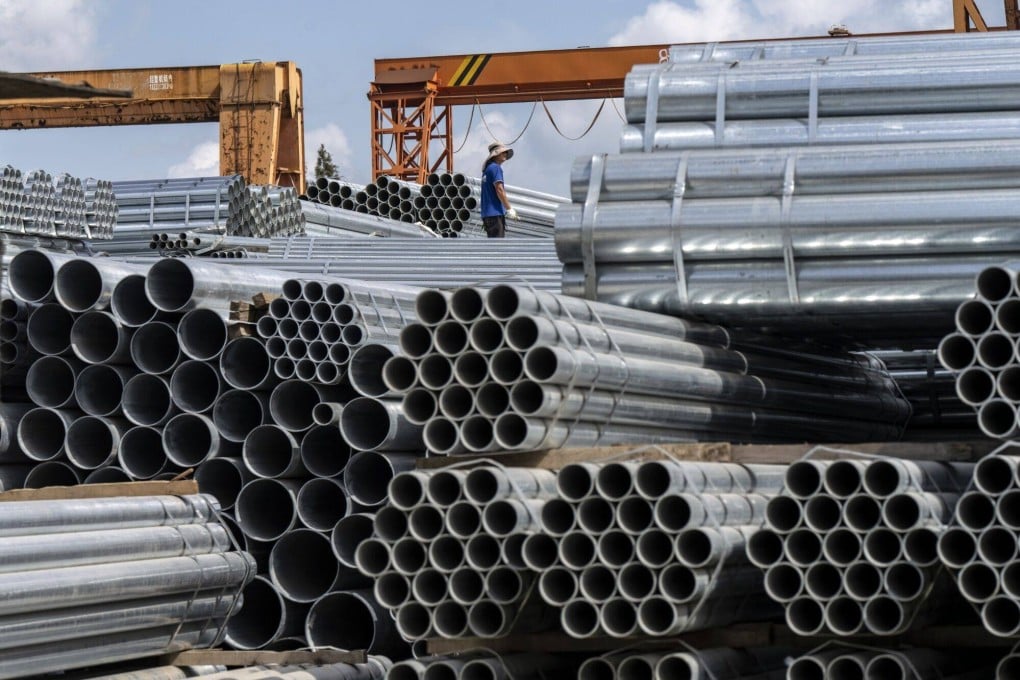China’s carbon market to expand, adding steel, cement and aluminium by year’s end
By adding the three emissions-heavy industries, the trading scheme is expected to cover about 60 per cent of China’s carbon emissions

With the additions, the national emissions trading scheme (ETS) is expected to cover around 60 per cent of China’s carbon emissions, the Ministry of Ecology and Environment (MEE) said Monday in a draft plan seeking public opinions. The ETS is already the world’s largest carbon-trading market even though it currently only covers the country’s power sector.
Under the scheme, companies in the three sectors will be given emissions quotas for each plant based on carbon emissions per unit of output. They can buy carbon credits if they need to emit more than their quota, or sell them if they manage to emit less.
According to the MEE, the three sectors will add about 1,500 companies – each with annual direct emissions equivalent to more than 26,000 tonnes of carbon dioxide – to the ETS, increasing its coverage by about 3 billion tonnes of emissions.
“After further consolidation of the data, hardware and policy foundations of the cement, steel and aluminium industries, all preparation work for the market coverage expansion is ready,” MEE said in the draft plan.
